
There is no definitive guide to starting on a path to bike racing, at least not that I am aware of. And this blog post isn’t going to be a definitive guide either, but hopefully it will be a resource. First, do not be intimidated. You can find an event that is a good fit for your where you are, and progress if you want when you want. So, no pressure!
Most of us come to bike racing through some form of progression, from cookie ride to endurance event and some eventually enter the world of licensed races. So let’s look at some attributes.
Choosing an Event – Selective or inclusive

Bike races are different than other endurance events such as running and triathlons, because they are selective by nature. That is, riding in the group allows you to ride faster than you ever could on your own. But if you can’t keep up with that group, without working with others you will quickly fall off the pace. Selective events, particularly those with multiple fields or on a circuit may “pull” riders or remove them from the course if they are unable to keep pace. Most of us have at one time or another been pulled from a field, myself included.
Non-selective events will allow you to finish the event and get your personal best time. Cookie rides and endurance events are often fund raisers and great ways to build condition without the worries of being eliminated from the field. They are a great way to get started and often support a worthy cause. There are often distance options that will offer a challenge for beginners to advanced riders. These are NOT races, so while some people are competitive and will “race” them, generally that’s not the purpose.
Endurance events are similar to cookie rides, but sometimes last for two or more days. Think Seattle to Portland, Reach the each etc…
Gran Fondos are very popular and great events for riders of all abilities. The front of the race and the longer distances will be occupied by highly competitive athletes.
Generally will require a racing license and are selective by nature. Time trials may or may not require a license, but will not be selective, so is another great way to enter a more competitive field without the worry of being pulled from an event.

Google is amazing and will help find an event, but there are three other resources I would point to. USA Cycling is a good way to find an event nationally. For Gran Fondos and Oregon has OBRA and Washington State has WSBA .

Choosing a bike
Now that you have an event, it’s time to make sure your bike is ready. Bike type, brand, size component and wheels are a HUGE topic. So rather than diving into all of that here is my recommendation. With the knowledge of a target event or two, find a couple of local bike shops to go spend some time learning about the bikes they recommend. Do not rush into a purchase. You should be allowed to test ride as many bikes as you want from as many shops as you want.
Buying from a bike shop is a good way to ensure there is a local company to stand behind the purchase. Whether you buy new from a shop, used from a shop or used from a friend or Craigslist, bike fit is paramount, by a LOT. It is better to be on a properly fitting entry level bike than a poorly fitting top of the line $10,000 bike.

When buying a bike, the shop should fit you to the bike and be able to make adjustments to the stem length, as well as saddle height, and handle bar angle and width. While it is an investment, many shops offer a “professional” bike fit that goes beyond a basic stand-over height. And I recommend a professional fit.
While I haven’t used it, Retul, if I were in the market for a new bike and looking for a fit, I would probably look for a shop that has it as a fitting system. Not only does it fit you to a bike, it recommends which bikes geometry are right for you.
Buying a Saddle
Your ass is one of a kind. So don’t settle for the saddle your bike comes with. You local bike shop should have a lot of test saddles to try out. You should be able to try out a saddle for a couple of rides, to make sure it is a good fit. The saddle is pretty small so there is lot of pressure on a relatively small area. If you have a poorly fitting saddle you can not only be uncomfortable but also develop saddle sores. They are even worse than they sound.
Clothes – does this make me look fat?
Road cycling clothes are famously unflattering. What you want is highly comfortable and clothes to match the range of whether you ride in.
Getting started in the sport is expensive. It is better to have one really nice bike kit (outfit) than to have two that are not as nice. You already know I am a fan of Classic Cycling. Classic Cycling has their own brand of clothes that are second to none.
To ride in cooler weather, get arm warmers and a vest rather than a jacket. They will combine to give you a much broader range of whether to ride in. Invest in a nice base layer. Knee warmers before you get leg warmers, because they will be comfortable in a broader range of weather.
Training – beginning
While riding a bike solo or with friends is fantastic, nothing will prepare you for a mass start event like joining group rides. Your local bike shop (LBS) should host weekly rides or be able to point you to some to choose from.
Training rides often have groups broken up by average speed. Be sure to find out if there is a ride leader and introduce yourself if there is. Also, like races, rides are either “drop” rides or “no drop” rides. No matter what the ride is labeled, be prepared. Carry a phone, hydration, food, spare tube and a way to change and inflate your tire. Unless you know the group well, you should assume you will be left to your own devices if you cannot keep up with the group.
Training – structured

If you chose an audacious goal to begin with or are just highly focused, you will benefit from following structured training. Here are some options for you.
Simple event based plan: There are plenty of free plans online and in magazines designed to “prepare for your first century” (100 mile ride). Free training plans are available for nearly every discipline in the table above.
Some riders progress to competitive level plans. These too can be free, but are often paired with software such as Training Peaks. From there the sky is the limit. You can purchase a pre-written plan or hire a coach who will prescribe workouts and track your progression.
Have some heart – Many bicycle computers and smart watches track or pair with heart rate monitors. Heart rate can be used to set and stay within specific training zones in order to focus your structured training.
 Power up- Heart rate monitors are great, but the pinnacle of structured training now involves using a power meter. Power meters come in many forms, from a rear wheel up, to a pedal to crank arms, all sending a message to your bike computer about the power you are producing in the form of Watts.
Power up- Heart rate monitors are great, but the pinnacle of structured training now involves using a power meter. Power meters come in many forms, from a rear wheel up, to a pedal to crank arms, all sending a message to your bike computer about the power you are producing in the form of Watts.
Progression to Regression
Get a bike, join a group ride, train for a cookie ride, try out more cookie rides, try a Gran Fondo or Time Trial, decide you need a more expensive bike(s), follow a training plan, enter a bike race at the lowest category. Realize you are not as good as you thought you were. Strictly follow a training plan CAT up (move into a harder racing category). Join a racing time. Realize you are not as good as you thought you were. Focus on diet, increase your training volume, hire a coach, create a pain cave at your house in which to train indoors when you can’t go out. Volunteer at bike races. Get burned out with it all. Go for a ride without your power meter, heart rate monitor or even GPS unit. Realize you were too wrapped up in it all. Relax and have an extra beer. Go out for a training ride you haven’t joined for a while, realize you are no longer at your best, dust off a structured training plan and get back after it.
Training safely
Riding safely has a lot to do with where you ride and when you ride there. A good starting point is to find a group ride with your local bike shop. Strava is an app that also offers insight into where cyclists ride.
I wear an ID bracelet (Road ID). I have a head and tail light. I have routes that I think are safe(er). Group rides will open up new routes to you and introduce you to roads that are used to seeing cyclists.
Oh, and both Strava and Road ID offer mobile apps that can keep your loved ones informed about where you are. Road ID even sends an alert of your current location if you stop moving for a certain amount of time. For me that often is a notice to my wife as to when I have stopped for a post ride pint when I forget to turn it off!
What is missing?
So what is missing from this guide. Give me some comments and I’ll see if I can improve this post over time.
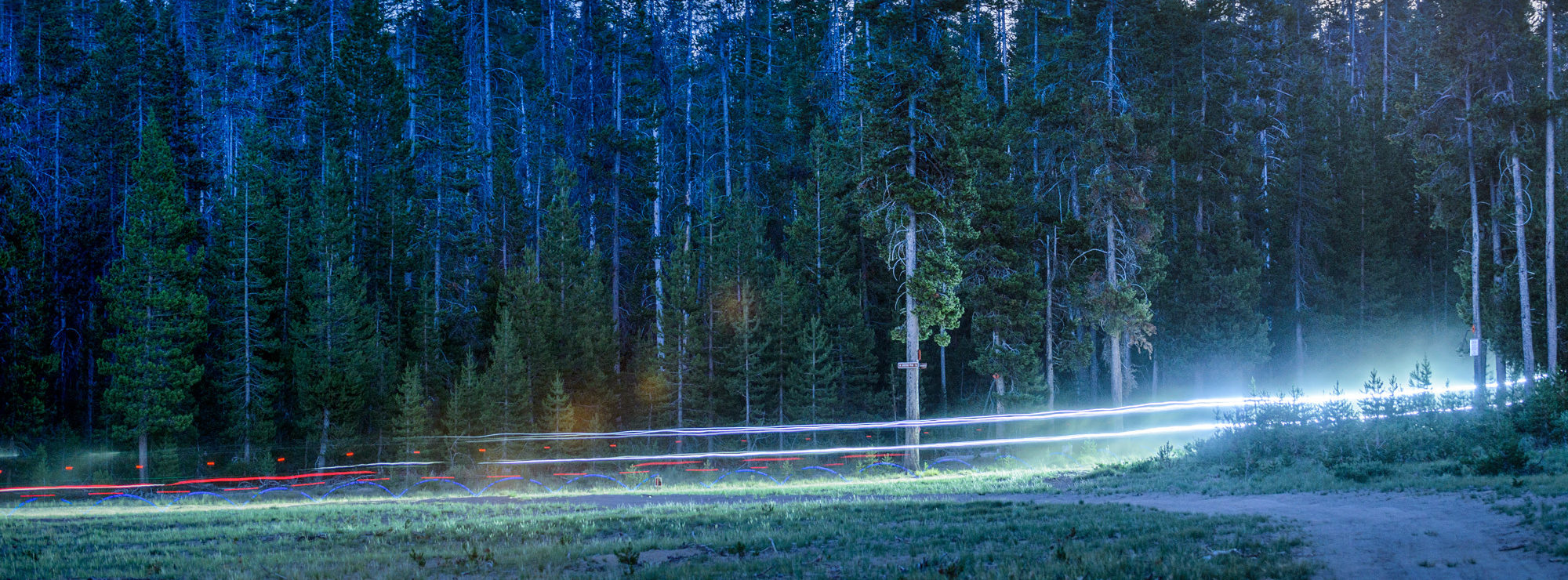
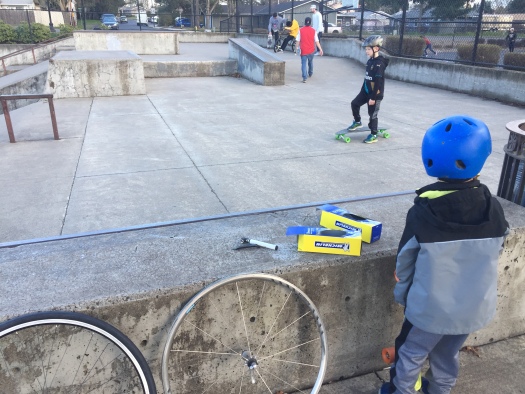

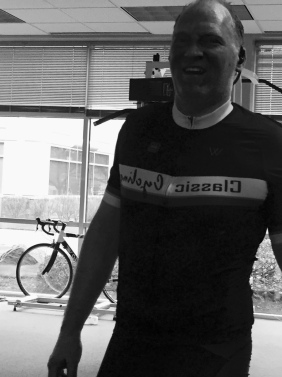 leave work for a 2 hour lunch and go see one of my boys at school. Most of the time, it is more difficult.
leave work for a 2 hour lunch and go see one of my boys at school. Most of the time, it is more difficult.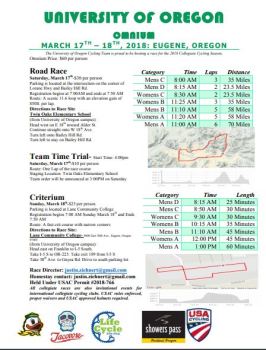




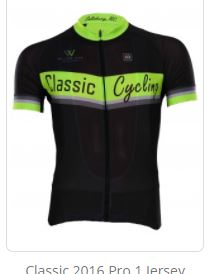 helped fill in the puzzle for me.
helped fill in the puzzle for me.